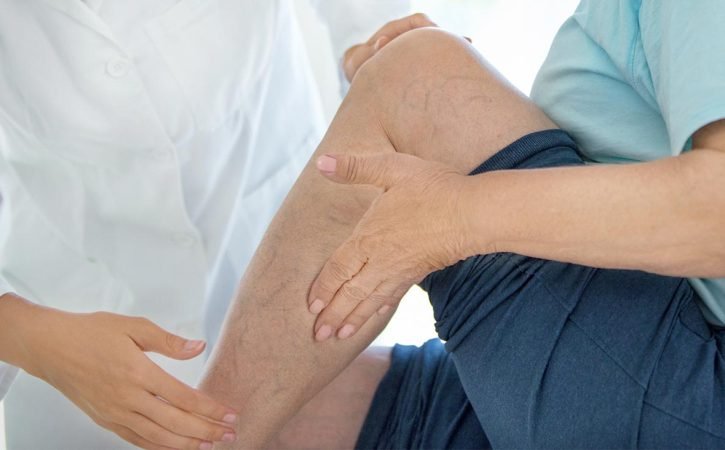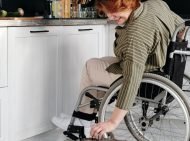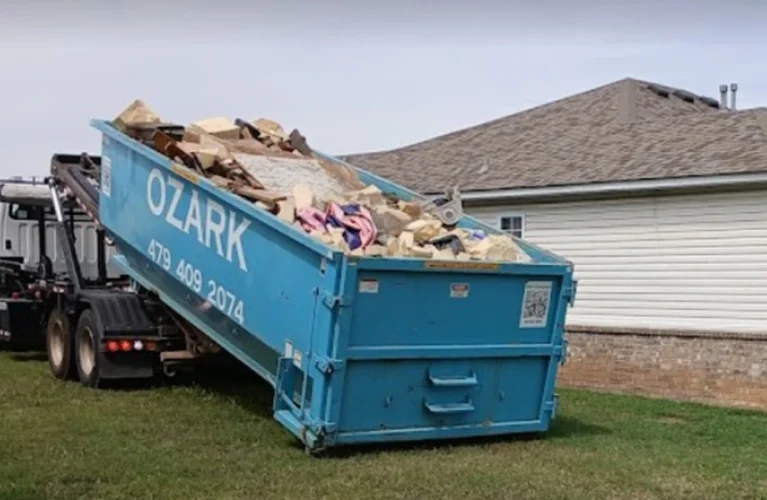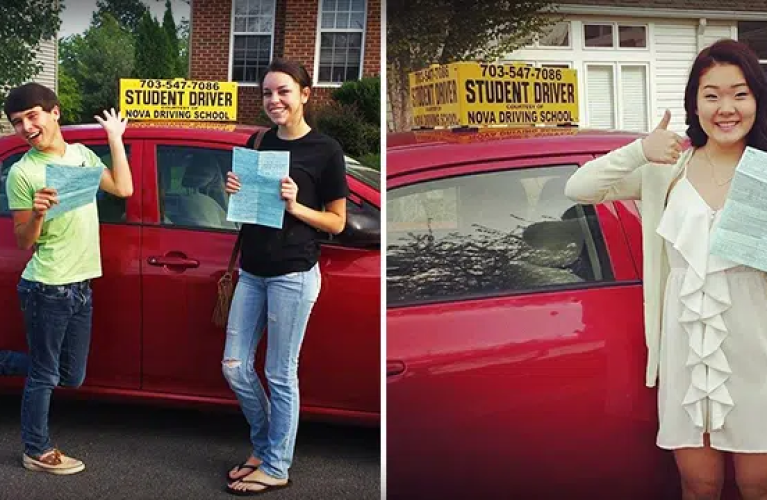
Are There Any Minimally Invasive Treatment Options For Varicose Veins?
Legs are often affected by large, unsightly varicose veins. The biggest visual concern with these discolored veins is for many people. However, some people may experience pain and discomfort due to varicose veins. Additionally, varicose veins may indicate an undiagnosed underlying venous issue. People who are sick of having unpleasant varicose veins or want to get rid of them for aesthetic reasons have various treatment options.
What Type of Doctor Treats Varicose Veins? Vein specialists or phlebologists are the ones who treat varicose veins. Vein specialists may complete these minimally invasive procedures in-office in just one visit, and most patients report excellent results.
Less invasive treatment options for varicose veins?
What are the treatment options for varicose veins? Here are some minimally invasive treatment experts customized for varicose veins. The two most well-liked and efficient procedures are sclerotherapy and saphenous vein ablation.
Sclerotherapy
A specific solution is put into the afflicted vein during sclerotherapy. The vein scars result from the treatment, making a nearby healthy vein the default destination for the blood in the vein. The damaged vein gradually disintegrates and disappears after being reabsorbed by the body.
Endovenous laser treatment
Endovenous laser therapy is one of the most frequently advised treatments for large varicose veins (EVLT). For cosmetic reasons, EVLT, also known as endovenous laser ablation, is widely used to cure varicose veins. However, it can also eliminate or minimize the unpleasant varicose vein symptoms, including swelling, itching, irritation, or aches and pains.
Saphenous vein ablation
This surgery, also known as endovenous ablation, involves sealing off the troubled vein with radiofrequency energy. The walls of the veins are heated using radiofrequency to treat them. The vein walls break down, close, and eventually get sealed shut due to the heat. While this process is less invasive than surgical procedures like varicose vein excision or saphenous vein litigation and stripping, it is nonetheless just as effective.
Microphlebectomy Treatment
Another less invasive and effective option for treating damaged leg varicose veins is microphlebectomy. Phlebectomy on the go is another name for it. They remove the leg’s superficial veins by using small incisions. The procedure is typically used to treat more prominent varicose veins when sclerotherapy is inadequate and may be an option.
What are the home remedies for varicose veins?
Some conservative treatments will help reduce the pain and suffering if you’re looking for non-invasive options for your varicose veins. The condition of your varicose veins can significantly improve with a few little lifestyle adjustments.
- Aches and pains may worsen if you are overweight because of the added pressure on your leg veins.
- You can relieve some discomfort and stop the growth of new varicose veins by decreasing weight through diet and exercise.
- Spend as little time as possible standing or sitting still.
- Avoid crossing your legs while you’re sitting.
- Stretching and exercising will boost your muscle strength while encouraging healthy blood flow.
- Avoid wearing tight clothing around your waist, upper thighs, and legs since it may restrict your natural blood flow.
Conclusion
The above-provided details and information will help you learn some beneficial things regarding minimally invasive treatments for varicose veins. For more information and updates, please refer to veintreatmentnyc.com.










